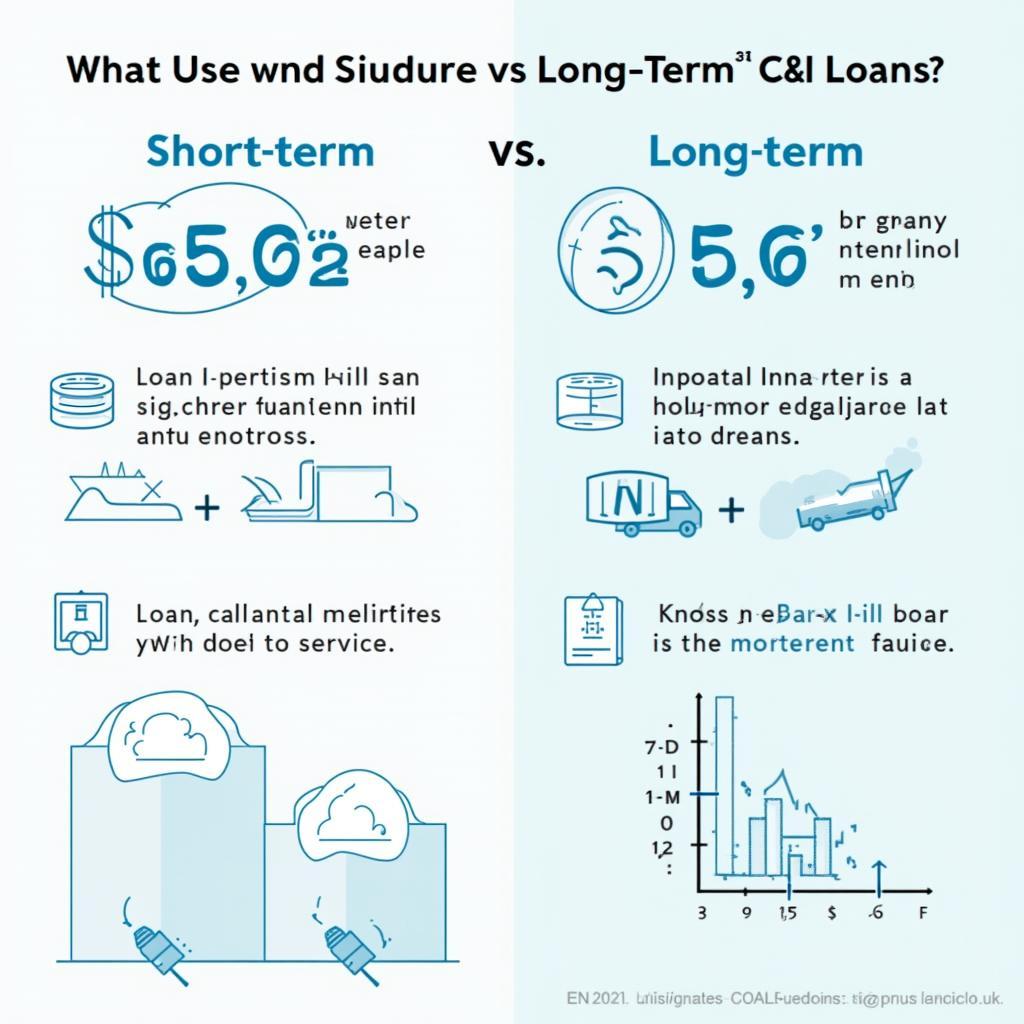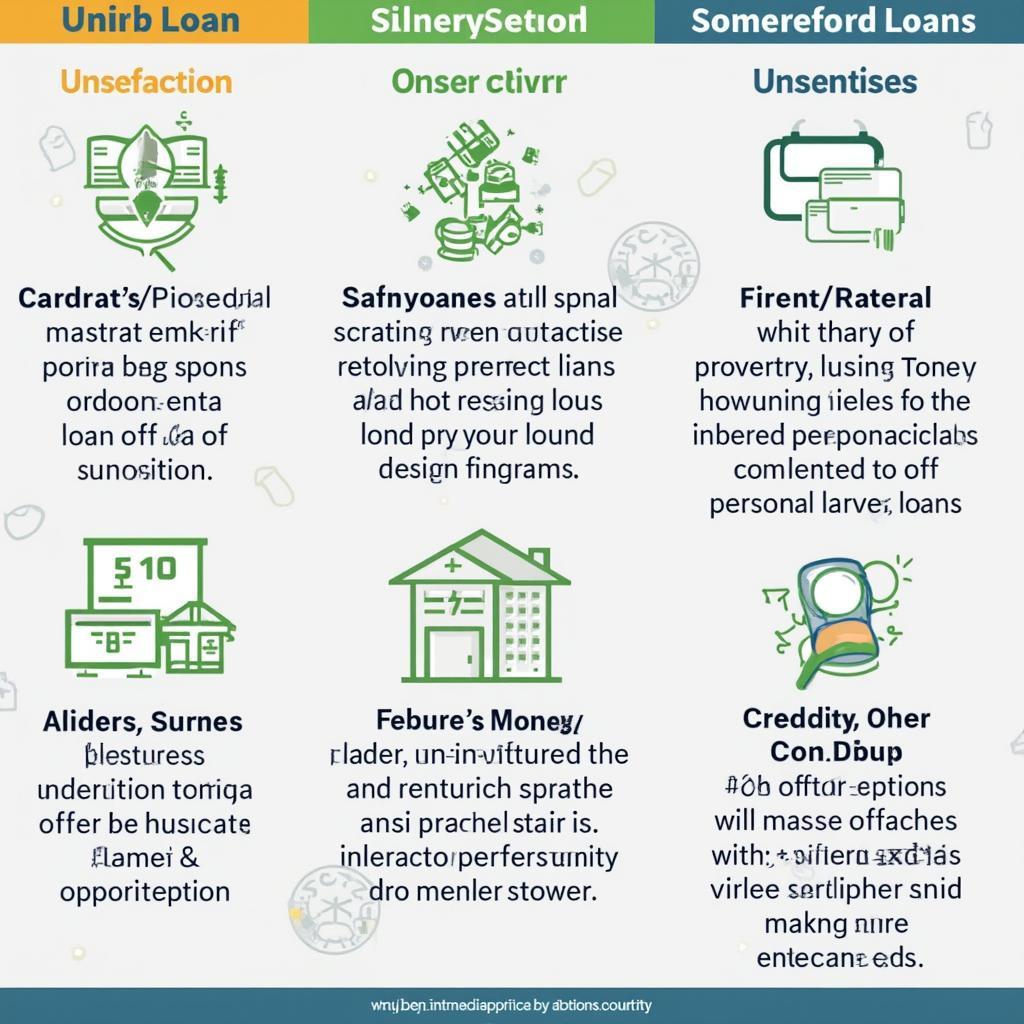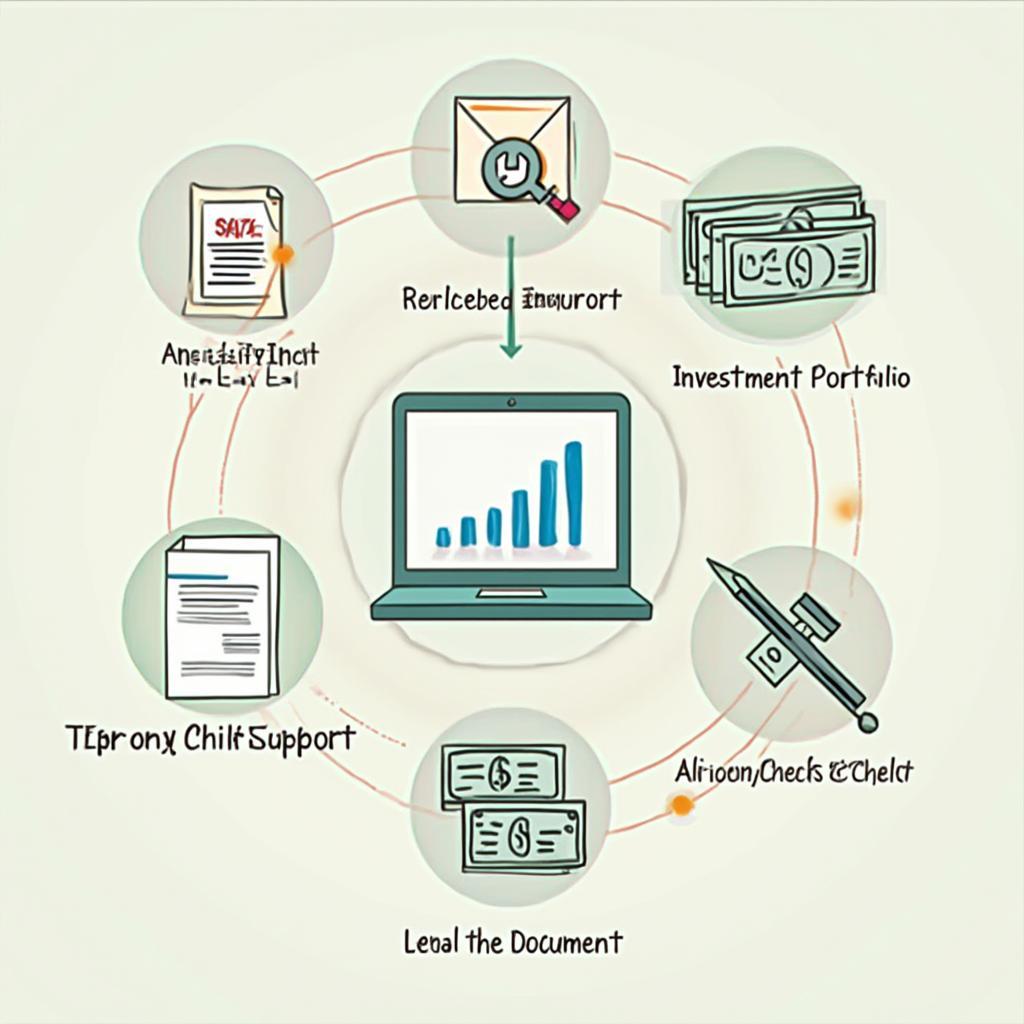
What is a C&I Loan?
A C&I loan, short for commercial and industrial loan, is a type of loan designed specifically for businesses. These loans provide vital funding for a variety of business needs, from purchasing equipment and expanding operations to managing daily expenses and financing short-term working capital needs. Understanding C&I loans is crucial for any business owner seeking financial leverage.
Understanding C&I Loans: A Deep Dive
C&I loans are typically offered by banks and other financial institutions to businesses, excluding real estate purchases (which are handled by commercial real estate loans). They are used for a wide range of purposes, including purchasing inventory, covering operating costs, and investing in new equipment. The terms of these loans, including interest rates, repayment schedules, and loan amounts, vary significantly depending on the borrower’s creditworthiness, the loan’s purpose, and the lending institution’s policies.
Types of C&I Loans: Short-Term vs. Long-Term
C&I loans are broadly categorized into short-term and long-term loans. Short-term loans usually have a repayment period of less than a year and are used to finance immediate needs like inventory purchases or bridging temporary cash flow gaps. Long-term loans, on the other hand, extend over several years and are often used for significant investments like equipment purchases or business expansion projects.
 Types of C&I Loans: Short-Term vs. Long-Term
Types of C&I Loans: Short-Term vs. Long-Term
Key Features of C&I Loans
C&I loans possess several key features that distinguish them from other types of business financing. These include:
- Security: Loans may be secured (backed by collateral) or unsecured, affecting the interest rate and loan terms.
- Repayment Schedule: Repayment schedules can be structured as fixed monthly payments or customized to suit the borrower’s cash flow.
- Interest Rates: Interest rates can be fixed or variable, depending on the loan agreement.
How to Qualify for a C&I Loan
Qualifying for a C&I loan involves demonstrating financial stability and a strong business plan. Lenders typically assess the borrower’s credit score, business history, revenue streams, and existing debt. A solid business plan outlining the loan’s purpose and projected return on investment significantly strengthens the loan application.
Preparing for Your C&I Loan Application
A well-prepared loan application increases the chances of approval. Gathering the necessary documentation, including financial statements, business plans, and tax returns, beforehand streamlines the process. Maintaining a good credit score and demonstrating a clear understanding of the loan’s terms are crucial for securing favorable terms.
Benefits and Risks of C&I Loans
C&I loans offer significant benefits, including access to capital for growth and operational needs. However, they also carry risks, such as the obligation to repay the loan with interest and the potential for default. Carefully weighing the benefits and risks is crucial for making informed financial decisions.
“A C&I loan can be a powerful tool for business growth, but it’s essential to understand the associated responsibilities. A well-structured loan aligned with your business strategy can fuel expansion and improve profitability.” – Nguyen Thi Phuong Lan, Senior Financial Advisor at Viet Capital Securities
Mitigating the Risks of C&I Loans
Understanding the loan terms and developing a realistic repayment plan are essential for mitigating the risks associated with C&I loans. Maintaining open communication with the lender and proactively addressing any financial challenges can help avoid default and preserve the business’s financial health.
“Borrowing responsibly is key. Ensure your projected revenue can comfortably cover the loan repayments without straining your cash flow.” – Tran Van Minh, Chief Lending Officer at ACB Bank
Conclusion
C&I loans are vital financing tools for businesses seeking capital for a variety of needs. Understanding the different types of C&I loans, the qualification requirements, and the associated benefits and risks is crucial for making informed financial decisions. By carefully evaluating your business needs and selecting the appropriate C&I loan, you can effectively leverage debt financing to achieve your business objectives.
FAQ
- What is the typical interest rate for a C&I loan? Interest rates vary depending on several factors, including the borrower’s creditworthiness, the loan term, and prevailing market conditions.
- What is the difference between a secured and unsecured C&I loan? A secured loan is backed by collateral, while an unsecured loan is not. Secured loans generally offer lower interest rates.
- How long does it take to get approved for a C&I loan? The approval process can vary depending on the lender and the complexity of the loan application.
- What documents are needed to apply for a C&I loan? Typically, lenders require financial statements, business plans, tax returns, and other relevant documentation.
- What happens if I default on a C&I loan? Defaulting on a loan can severely damage your credit score and may lead to legal action.
- Can I prepay a C&I loan? Prepayment options vary depending on the loan agreement. Some loans may charge prepayment penalties.
- Where can I find more information about C&I loans? You can consult with financial advisors, banking institutions, and online resources specializing in business financing.




